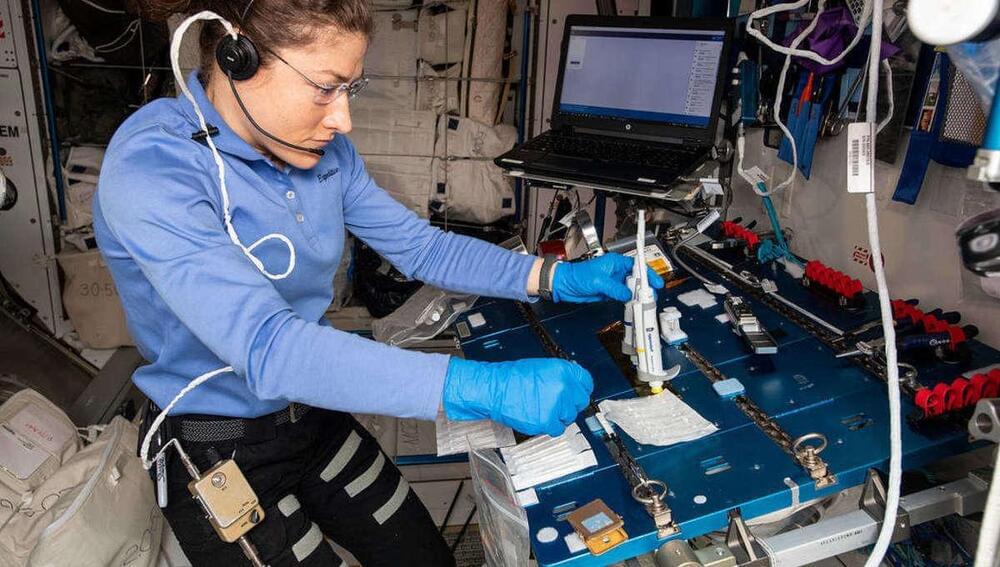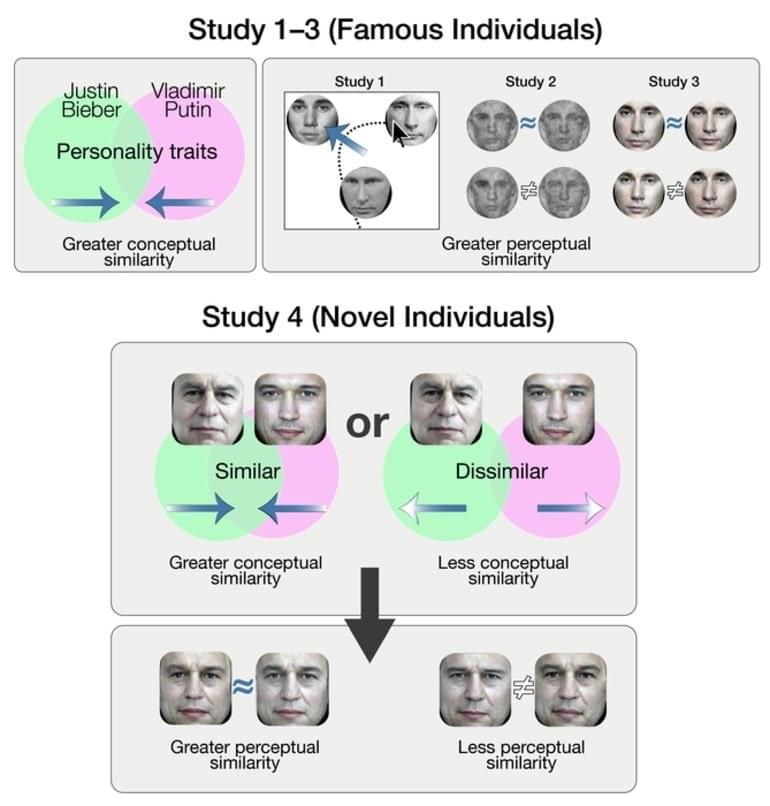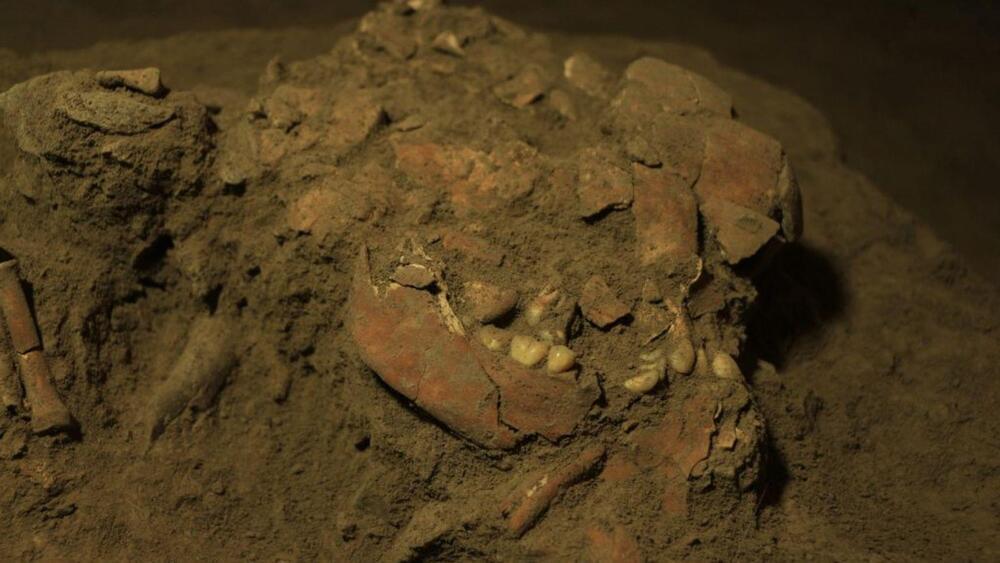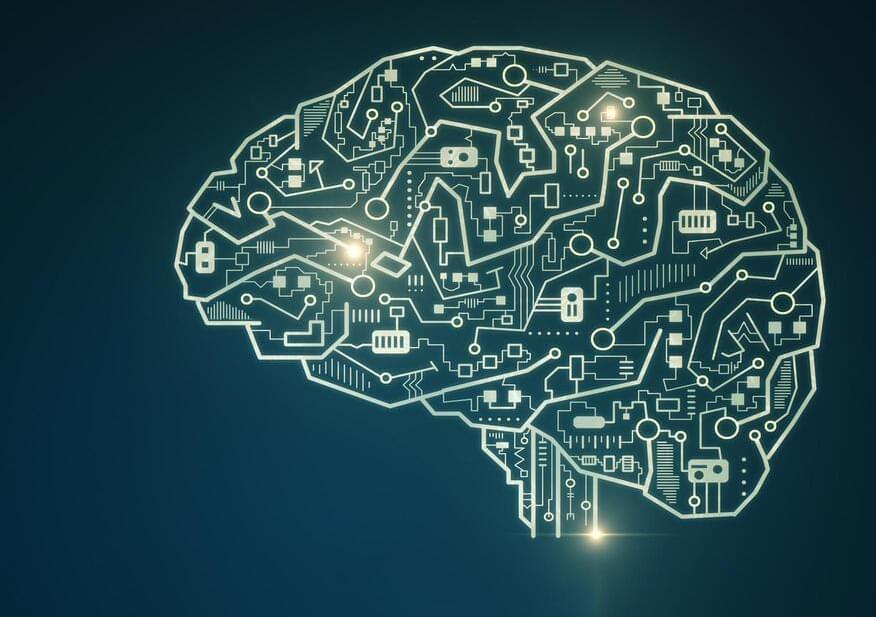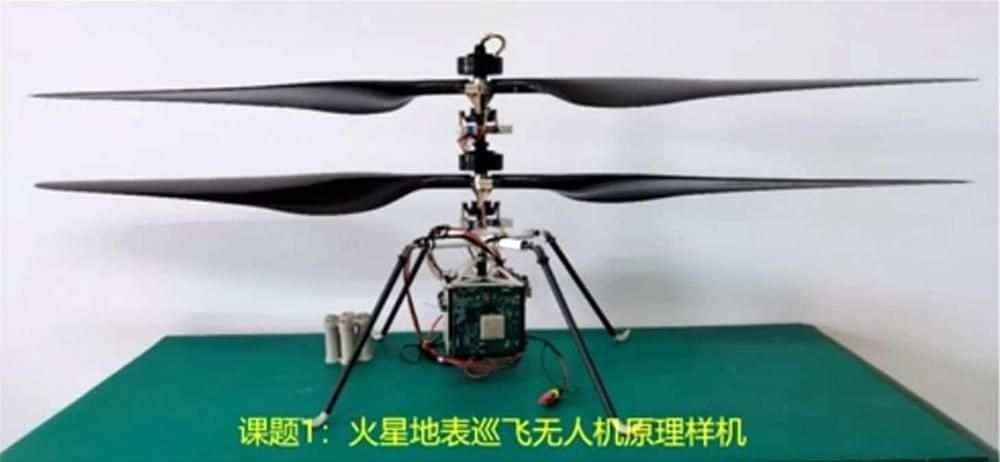The late 21st century belongs to Superhumans. Technological progress in the field of medicine through gene editing tools like CRISPR is going to revolutionize what it means to be human. The age of Superhumans is portrayed in many science fiction movies, but for the first time in our species history, radically altering our genome is going to be possible through the methods and tools of science.
The gene-editing tool CRISPR, short for clustered regularly interspaced short palindromic repeats, could help us to reprogram life. It gives scientists more power and precision than they have ever had to alter human DNA.
Genetic engineering holds great promise for the future of humanity. A growing number of scientists including David Sinclair believe that we will soon be able to engineer and change our genes in a way that will help us live longer and healthier lives.
But how much should we really tinker with our own nature? What is the moral responsibility of scientists and humans towards future generations?
With technological advances in molecular biology like CRISPR that allow for specific gene editing approaches, many scientists argue that there are strong potential benefits as well as risks to human genetic engineering.
David Sinclair is a geneticist at Harvard Medical School. He believes it’s possible to unlock the fountain of youth.
The potential uses of such gene editing techniques could range from the treatment of disease to the enhancement of beauty and intelligence.


